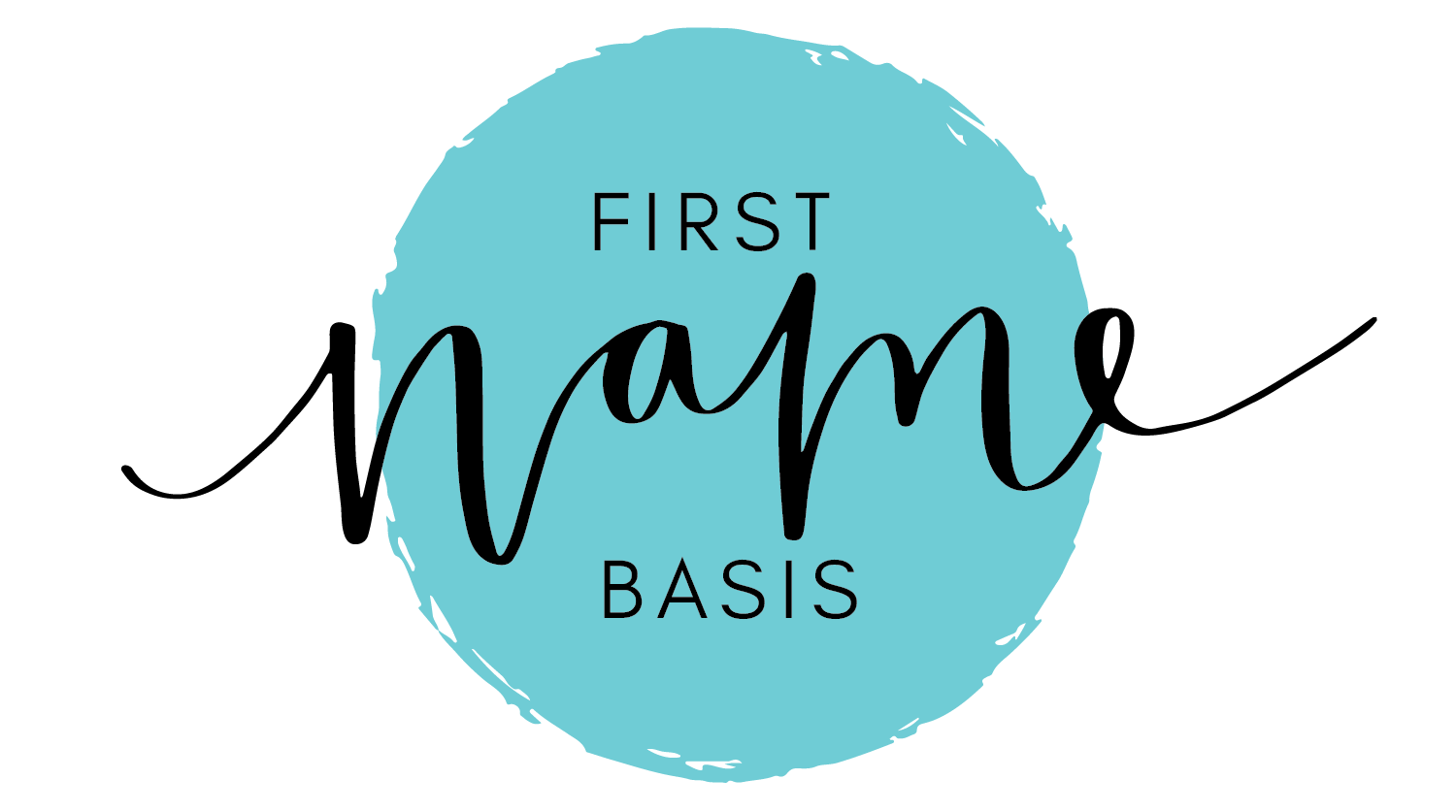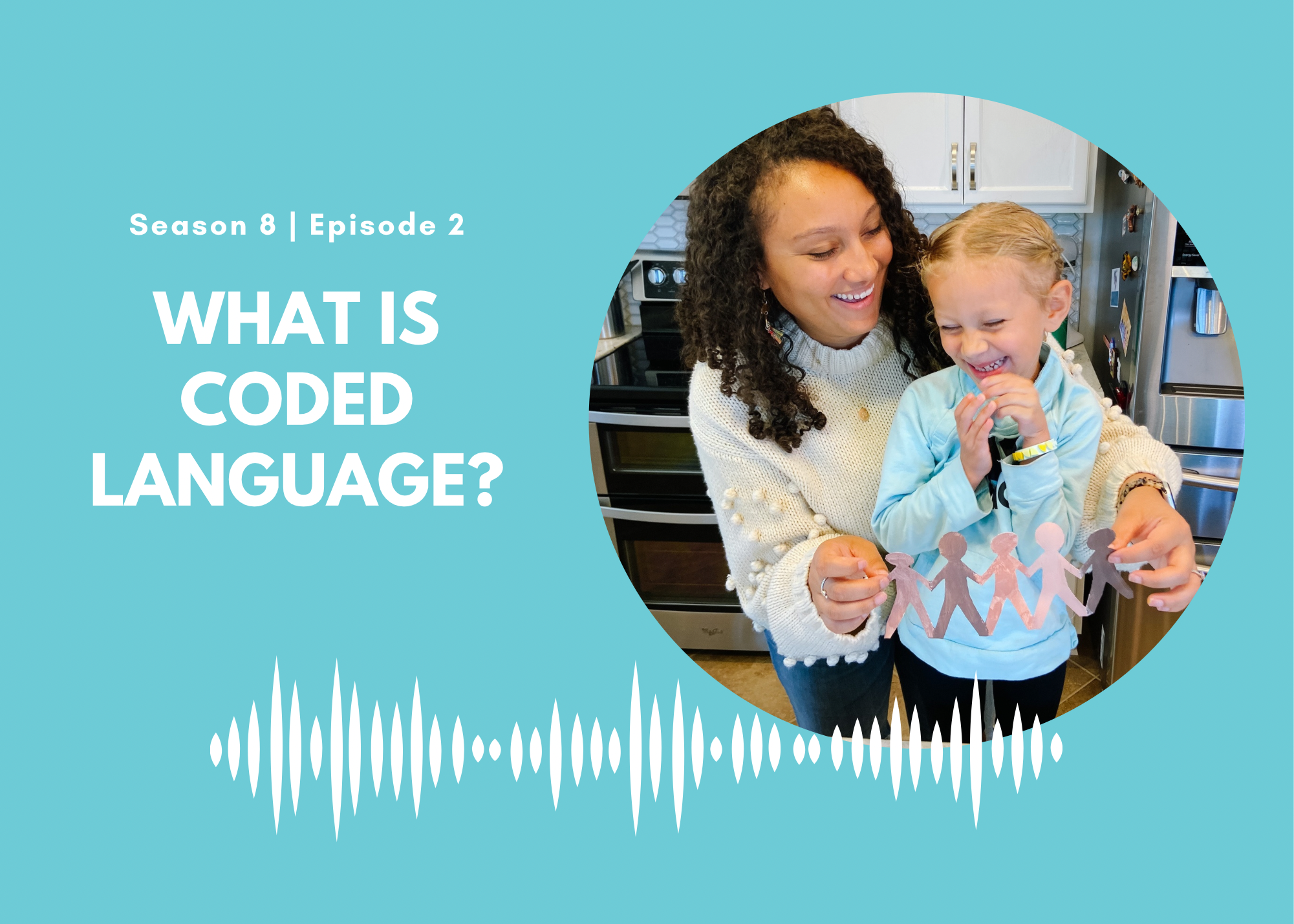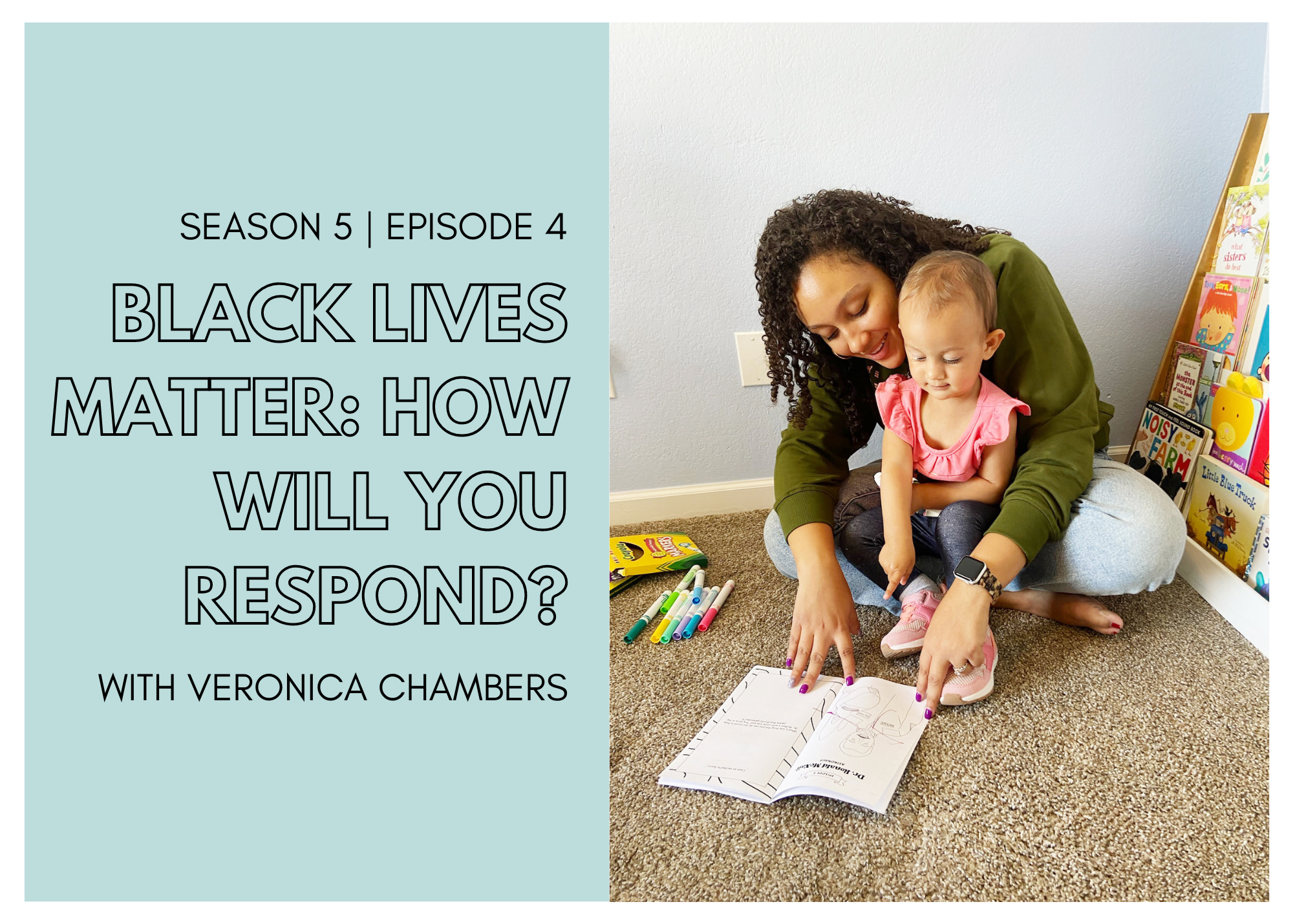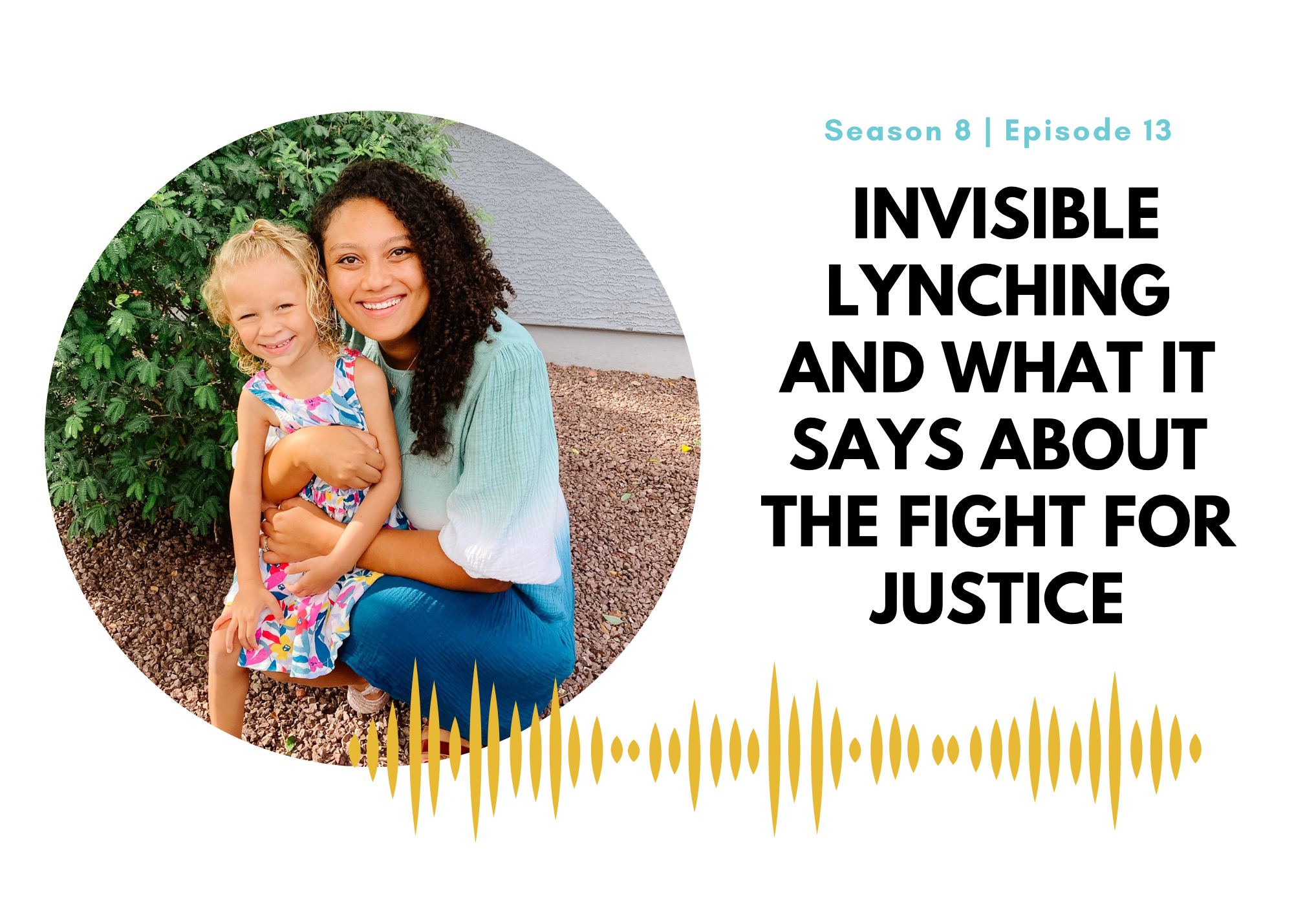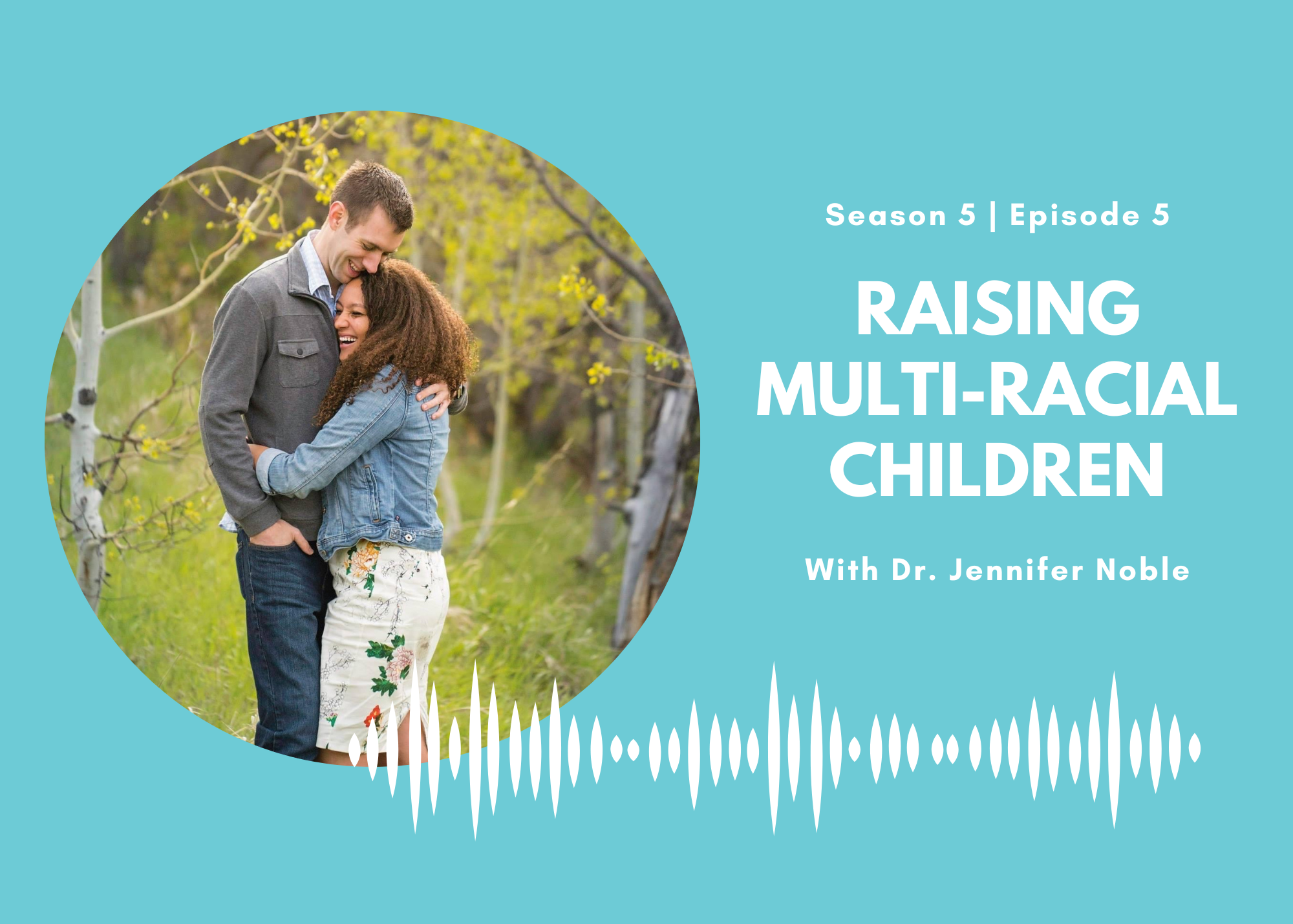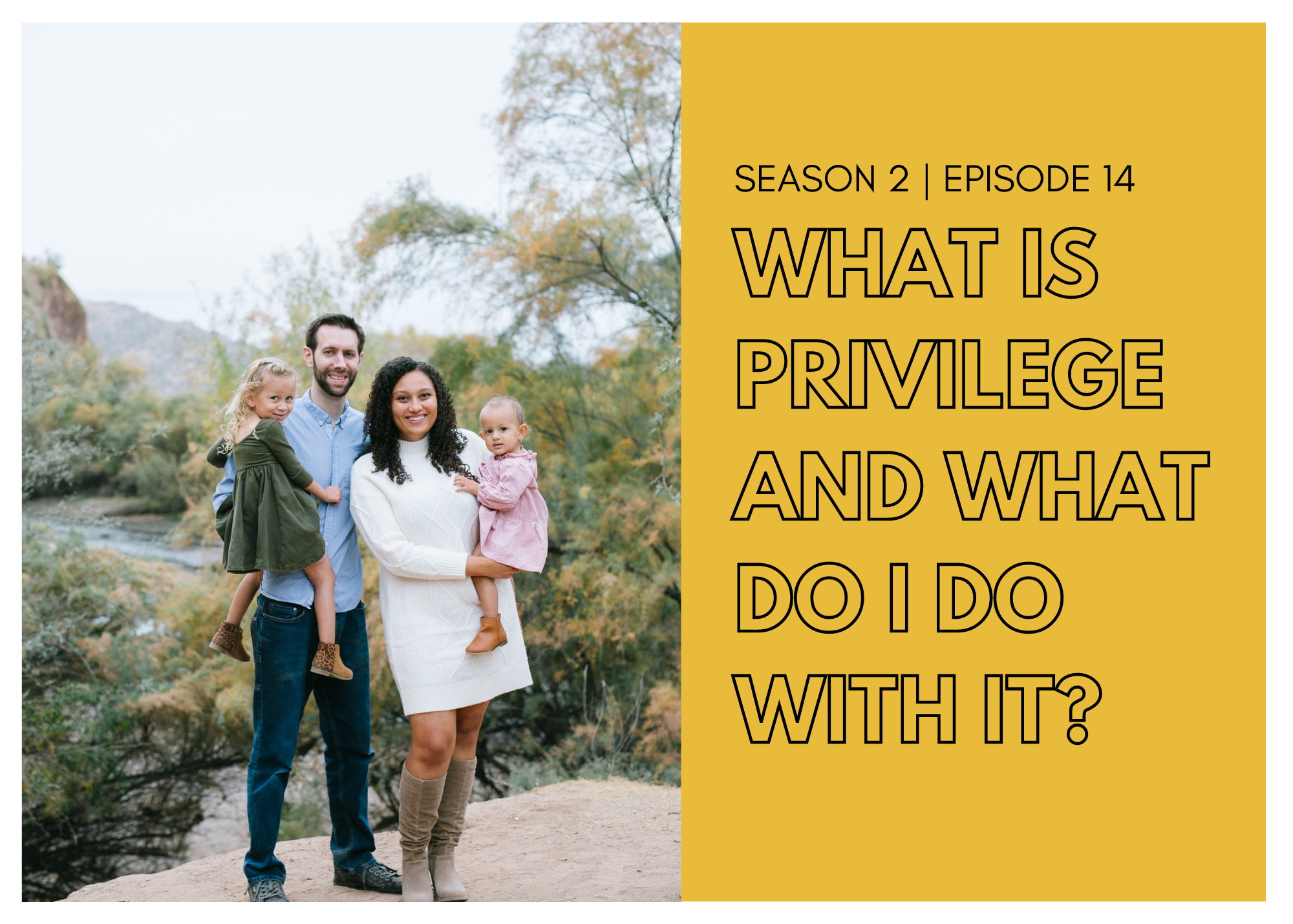3 Common Critical Race Theory Myths and How You Can Respond
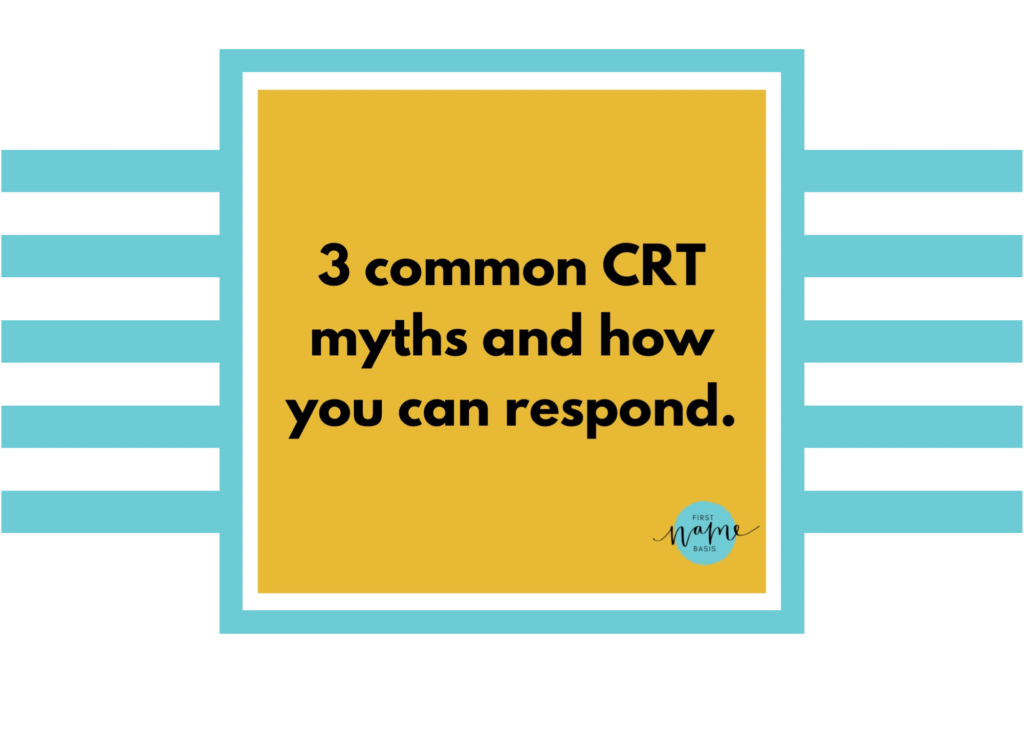
Despite what you may see on social media, Critical Race Theory is not the boogie man!
Critical Race Theory, or CRT, became a major buzzword in the news and immediately people became very polarized about the topic. But do people really know what it is?
What is CRT?
According to Dr. Angel Jones, Dr. Kate Slater and Sylvia Duckworth, “CRT is an academic framework or practice that examines how systems, policies and the law perpetuate systemic racism. It is called CRITICAL Race Theory because it asks you to look critically at systems to better understand the origins of racial inequities. This knowledge can then be used to mitigate and stem the inequities at the root cause (i.e. the system, policy, or law).”
Simply put, Critical Race Theory just encourages us to take a look at the systems in place in our country and think about how those systems have contributed to racism. It is crucial for you to know what it is so you can be informed and work to build anti-racist communities of inclusion, equity and justice.
How can I respond to myths about CRT?
In addition to a lot of people not even knowing what CRT is in the first place, many are hearing myths about CRT that feed their confusion even more. So how can we help our friends, families and communities sort through the myths?
You wouldn’t show up to your piano recital without practicing. And you sure as heck wouldn’t show up to a marathon without training regularly. Knowing the myths floating around about CRT and practicing how to respond to them will help you be ready when crucial conversations are happening, conversations where it’s our chance to clear the air and share truth.
Below are 3 common myths about Critical Race Theory and some suggestions for how you can respond to them.
CRT Myth #1: “Talking about race is divisive.”
The response: Talking about race is not divisive, racism is divisive. Acting like racism isn’t there isn’t going to fix things.
CRT Myth #2: “CRT leaves no room for autonomy.”
The response: It’s the opposite! CRT allows white people to choose to make the system more fair and gives BIPOC people the tools to see what’s going on and to do something about it.
CRT Myth #3: “CRT teaches children to hate America.”
The response: CRT exposes the fact that we aren’t living up to our values of “liberty and justice for all.” It teaches if we want America to be America, we have to work together.
Learn more about why Critical Race Theory is an important part of anti-racist education by listening to the First Name Basis Podcast, Season 3, Episode 29: “Critical Race Theory in School.”
